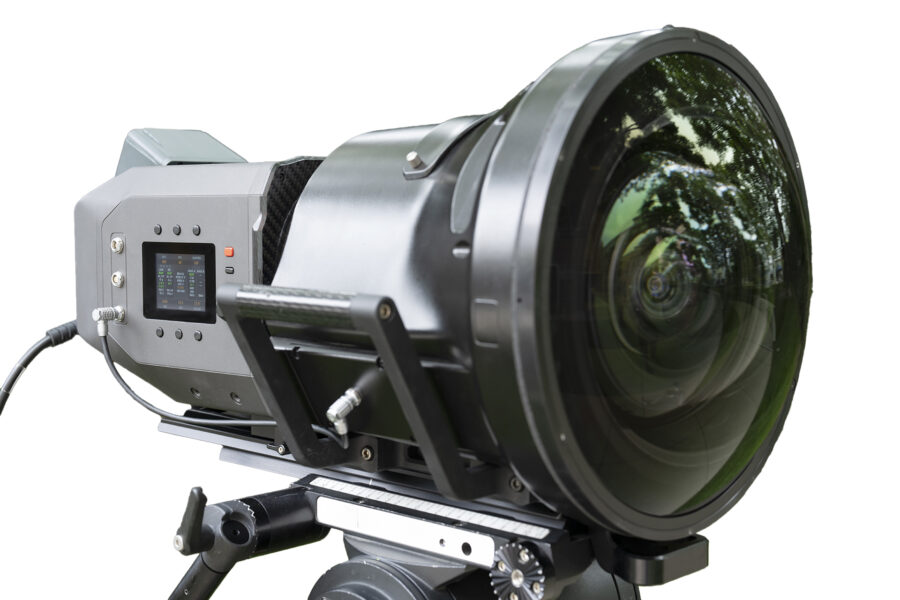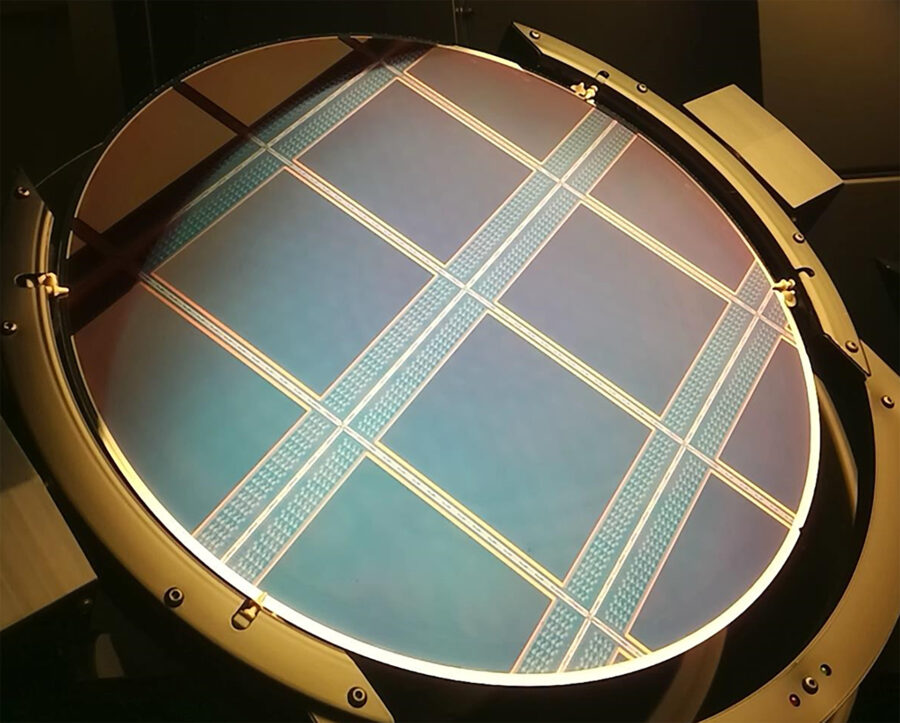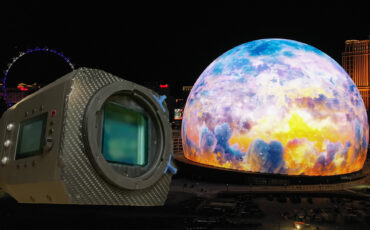
Sphere, the unique camera maker responsible for the Big Sky Camera, now teams up with semiconductor maker STMicroelectronics to create the world’s largest image sensor in commercial use. Capturing content for the Las Vegas Sphere’s massive 160,000 sq. ft., 16K x 16K display is no easy task, and this collaboration should enhance camera production, which in turn should make more film productions possible.
The Big Sky Camera utilizes an enormous imaging sensor. The monstrous sensor consists of 316 million pixels (18K). It can capture 18K at a whopping 120 frames per second with a data rate of 60 gigabytes per second directly into the camera’s custom 32TB mags. The sensor measures 9.92cm x 8.31cm (82.4 squared cm) in size, which makes its production a challenging process.

The exponential challenge of big sensors
At its core, every modern sensor is based on a flat silicone base. Without diving too deep into material engineering, a flat surface is a preliminary requirement. The tiniest flaw in the silicone surface flatness will disqualify the piece. Those silicone pieces are cut out of a circular piece called a wafer.

If we hypothetically assume an average wafer suffers three flaws randomly spread across, they can potentially disqualify a maximum of three potential sensors. if the wafer is cut into Super 35 sensors, it still means most of it is exploited. If the target sensors are as large as the aforementioned Big Sky Camera’s sensor, only four may be cut out of a wafer, and if three of those are disqualified due to surface flaws, well, that’s a shame (and also – not cheap…)

Enter STMicroelectronics
Fabricating such a unique tool requires the best practices to ensure efficient and successful production.
The sensor on any camera is critical to image quality, but given the size and resolution of Sphere’s display, Big Sky’s sensor had to go beyond any existing capability. ST, working closely with Sphere Studios, leveraged their extensive expertise to manufacture a groundbreaking sensor that not only expands the possibilities for immersive content at Sphere, but also across the entertainment industry.
Deanan DaSilva, lead architect of Big Sky at Sphere Studios, at the joint press release
Awesome, wow, but how will it affect us mortals?
As impressive as the Big Sky Camera’s specs sound, this is far from a proletary camera. I’d dare to speculate that the coming cooperation with STMicroelectronics is not aimed at making it a household name, even if the house is a rental. Sarcasm aside, if this collaboration means the production of additional Big Sky cameras, it will expand their availability. This may give more creators the possibility to shoot on this engulfing media, as Darren Aronofsky did with “Postcard From Earth”, the first Sphere film.
One day, we may even see additional sphere theaters around the globe. While the Big Sky Camera will probably remain out of reach for most mortals, there are some earthlier alternatives to spherical capture. One is Canon’s RF 5.2mm f/2.8 L Dual Fisheye 3D VR Lens, which will capture Stereoscopic 3D 180° VR imagery for $1,999. It will require either the EOS-R5 or EOS-R5 C behind it.
Other options are also available – for example, the Insta360 Pro II Spherical VR 360 8K is priced at $4,500. You can also opt for its bigger sister, the Insta360 Titan 11K which will set you back $15,278.
Do you see potential in such an extreme camera? Do you believe that VR 360 is the future of filmmaking or no more than a gimmick? Let us know in the comments.


























